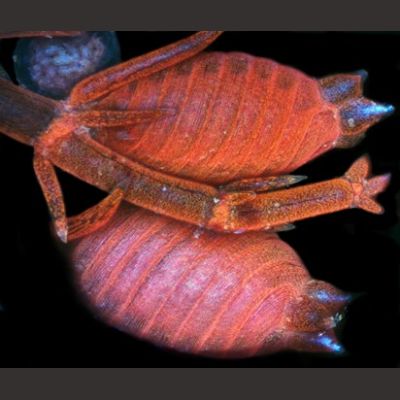Project proposal and aims:
The mechanism of action of auxin, a plant hormone with numerous morphogenic effects, has been investigated since pioneering Darwins’ experiments. Upon auxin binding, the TIR1/AFB F-box complex steers specific gene expression changes that are required for the response to developmental and environmental cues. In addition, the TIR1/AFB F-box proteins also stimulate very rapid responses leading to changes in ion fluxes and specific protein modifications, including their phosphorylation. We still do not know how plants adopted in their evolutionary history this complex mechanism. In both early and late diverging streptophyte algae, there is now quite good evidence for the auxin biosynthesis and metabolism, auxin effects on the cell division and morphogenesis, as well as the presence of homologs of auxin influx and efflux carriers. However, these algal relatives lack clear homologs of TIR1/AFBs and AUX/IAAs, although in some of their clades, there are reported TIR1/AFB precursors with domains related to hormone receptor domains from land plants.
Based on the available evidence, the aims of this postdoc project are the following. First, the candidate will focus on the analysis of the dynamics of rapid responses of both early and late diverging streptophyte algae and selected bryophytes to the phytohormone auxin. In particular, growth and physiological responses (ion fluxes), as well as subcellular responses (such as calcium transients), will be monitored. Further, the task will be to address the physiological relevance of such responses for the particular organism. Finally, the signalling pathway underlying such responses will be reconstructed using bioinformatic evo-devo and proteomic approaches. This project will be carried out under the shared supervision and mentoring of the Jan Petrasek and Matyas Fendrych laboratories. In the Petrasek lab, representatives of streptophyte algae are well-established, including sequenced strains of complex shape Chara braunii and single cells models of Mesotaenium (late-diverging) and Mesostigma (early-diverging). It holds expertise in LC/MS analysis of auxinic compounds, transgenosis of selected algae strains and in vivo time-lapse microscopy, image analysis and micromanipulations. The Fendrych laboratory has the know-how and equipment to study rapid cellular responses of plants, including the microfluidic accessories and spinning disk microscopy. The postdoc will benefit from the shared mentoring of Jan Petrasek, Matyas Fendrych and Stanislav Vosolsobe, who is an expert on in silico phylogenetic approach. We plan to challenge biolistic transformation of germinating protonema or direct introduction of transgenic mRNA into the Chara cells by micromanipulation. We will attempt to introduce calcium reporters (GcAMP, rGECO1) for the observation of fast cellular response on auxin application in Chara.

Figure: Chara braunii – stunning model for evolutionary study of plant complexity
Jan Petrášek Lab: https://sites.google.com/natur.cuni.cz/petraseklab/en
Matyáš Fendrych Lab: https://cellgrowth-lab.weebly.com/
I declare that:
● co-founding 1000 EUR/month is ensured
● project is approved by head of corresponding department
Co-founding resources:
Department of Experimental Plant Biology (Charles University)
Cell Growth Laboratory (Matyáš Fendrych)
Contact details:
Jan Petrášek
Department of Experimental Plant Biology
email: petrasek@ueb.cas.cz
telephone number: +420 22 195 1695